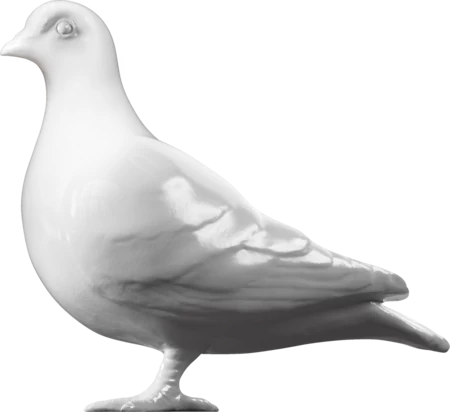Decorative arts — C. 1710
Candlestick
Candlesticks like this one were used for both ornamental and practical purposes. Candles were used to illuminate the interiors of homes. Good quality candles were very expensive and so were the preserve of the middle and upper classes. They would be placed in glass candlesticks to reflect light around the room. This candlestick is made from lead glass, which was particularly effective for light refraction. Lead was introduced into the glass manufacturing process by George Ravenscroft in the late seventeenth century. The invention of lead glass had a major impact on the style and aesthetics of English glass in the following century.
This candlestick has an intricate stem featuring a baluster, an acorn knop and a domed terraced foot. Air bubbles can be seen in one of the knops. London was one the centres of the British glass industry supplying both domestic and overseas markets. Provincial English glasshouses also sent their products to the capital for sale. London merchants exported large quantities of glass to the colonies and to Europe.
- Category:
- Decorative arts
- Object ID:
- 34.139/424
- Object name:
- candlestick
- Object type:
- Artist/Maker:
- —
- Related people:
- Related events:
- Related places:
- Production date:
- c. 1710
- Material:
glass, lead glass
- Measurements/duration:
- H 215 mm, W 104 mm (overall)
- Part of:
- —
- On display:
- —
- Record quality:
- 100%
- Part of this object:
- —
- Owner Status & Credit:
Permanent collection
The Garton Collection of English Glass, presented in memory of the late Sir Richard Garton, G.B.E., by his Daughters and Grandchildren
- Copyright holder:
digital image © London Museum
- Image credit:
- —
- Creative commons usage:
- —
- License this image:
To license this image for commercial use, please contact the London Museum Picture Library.
